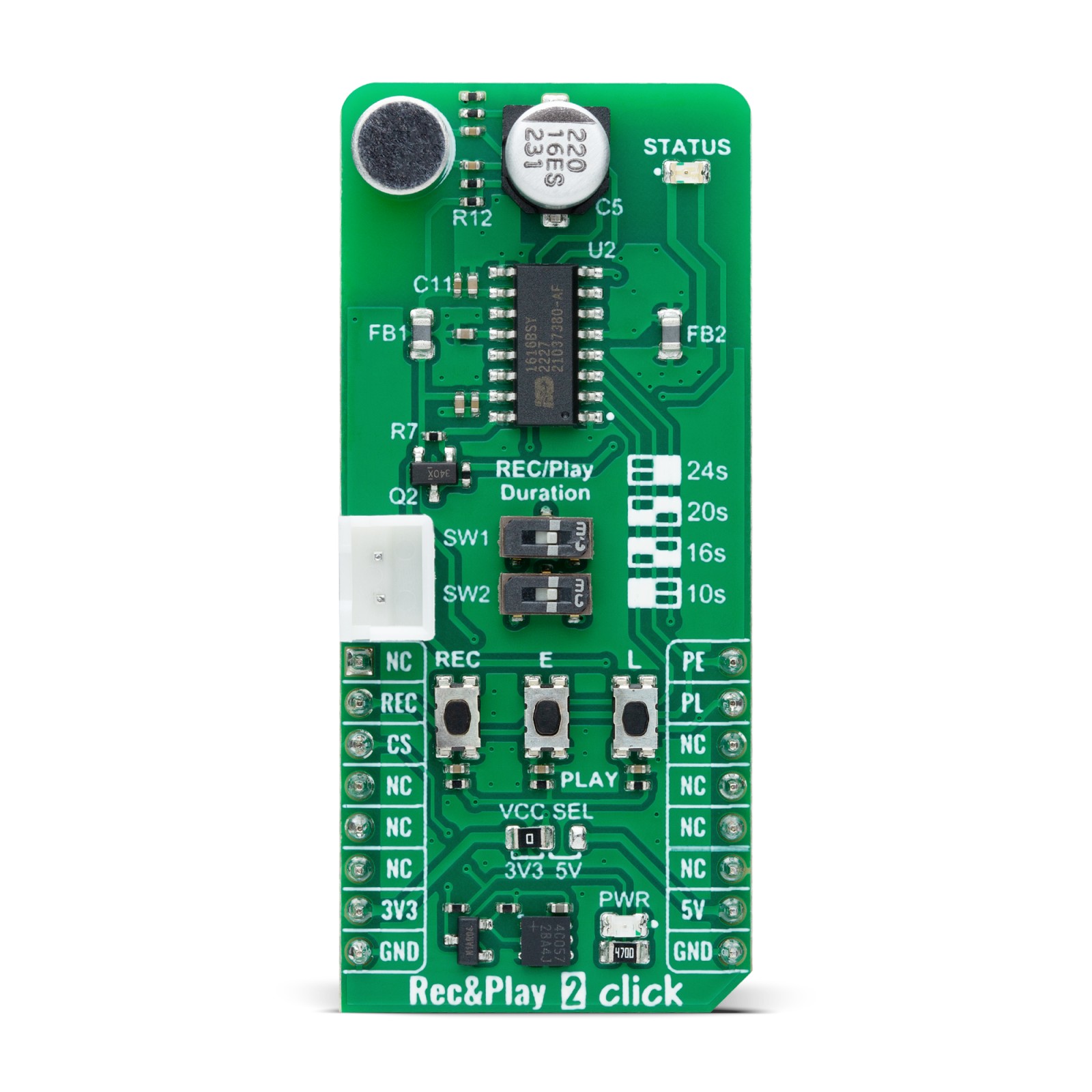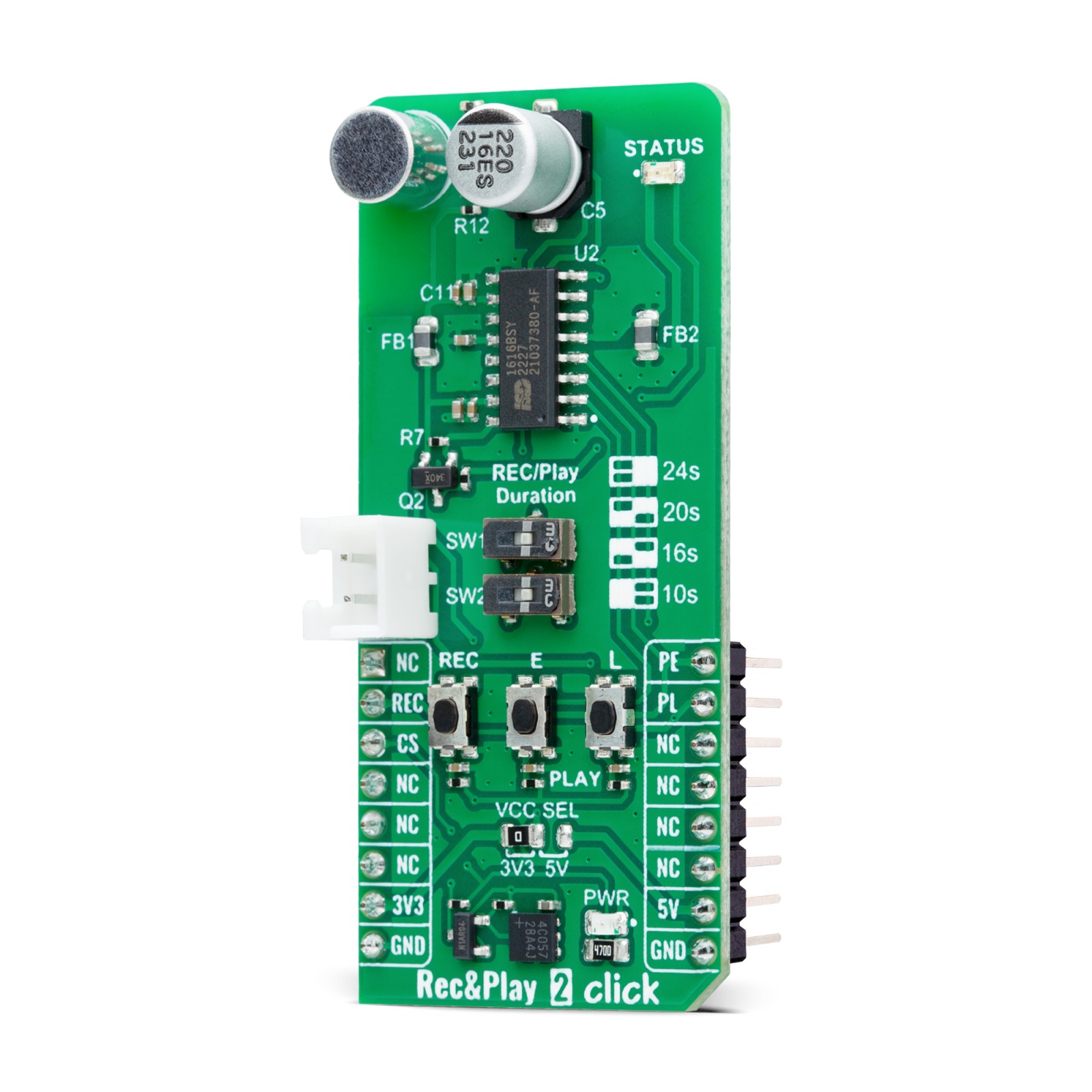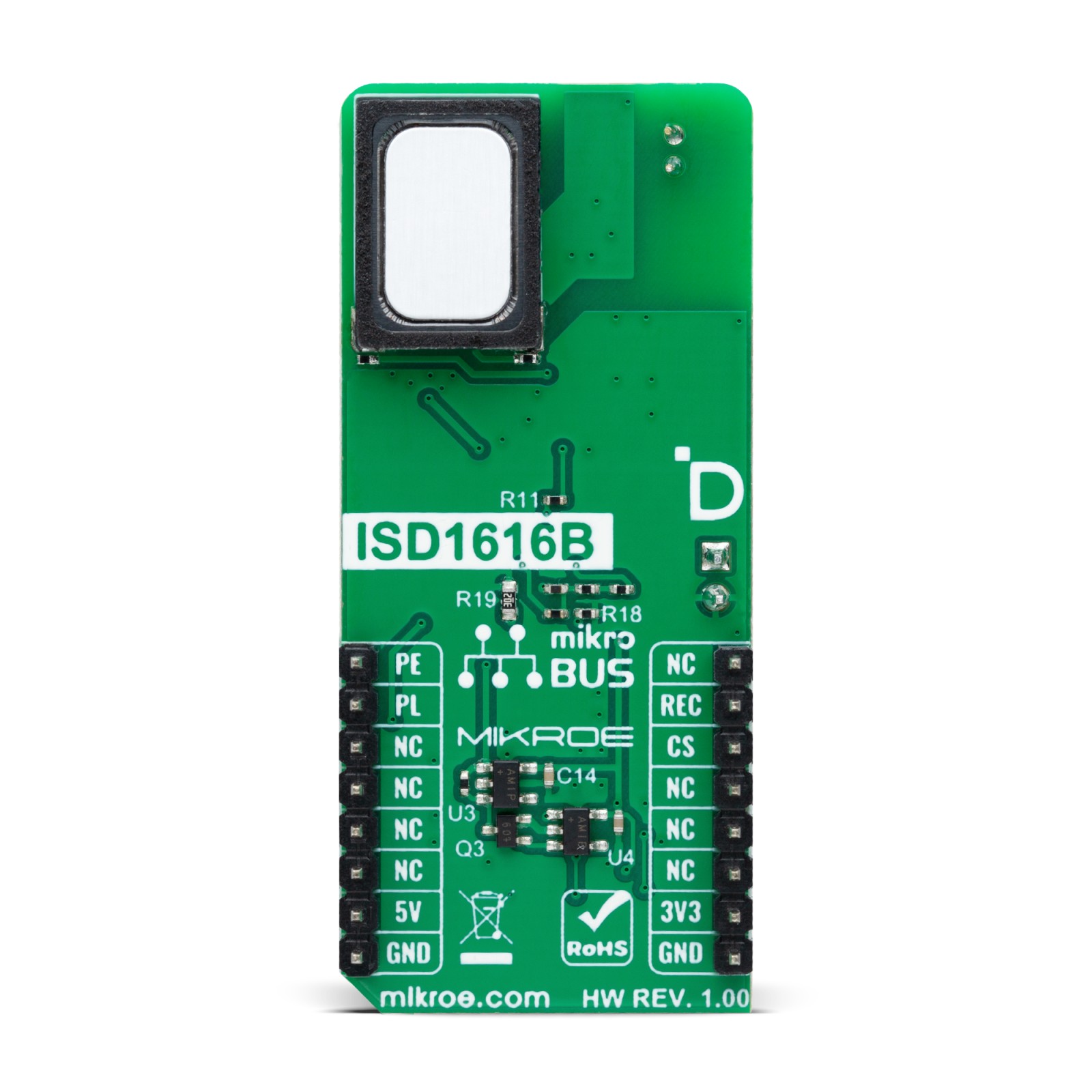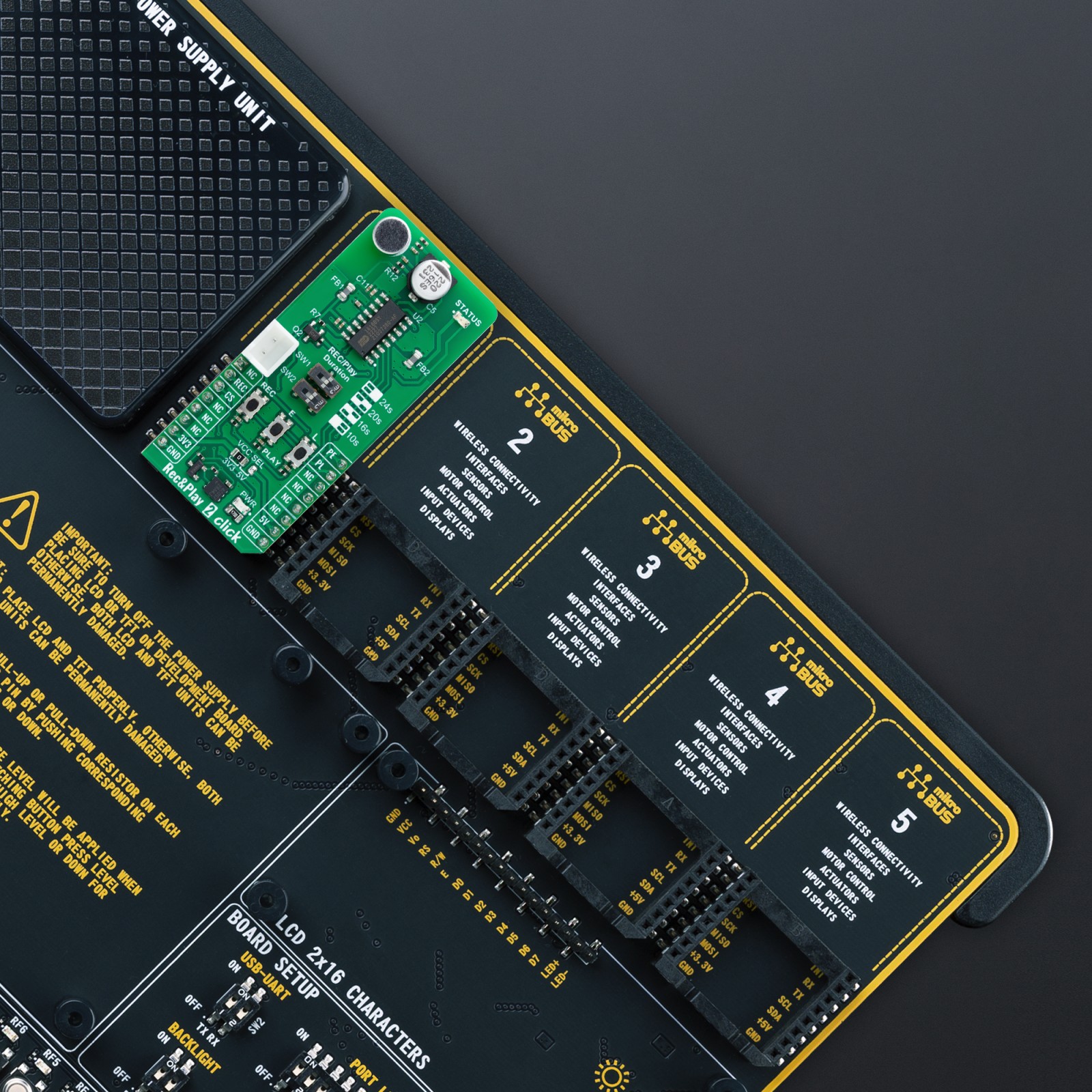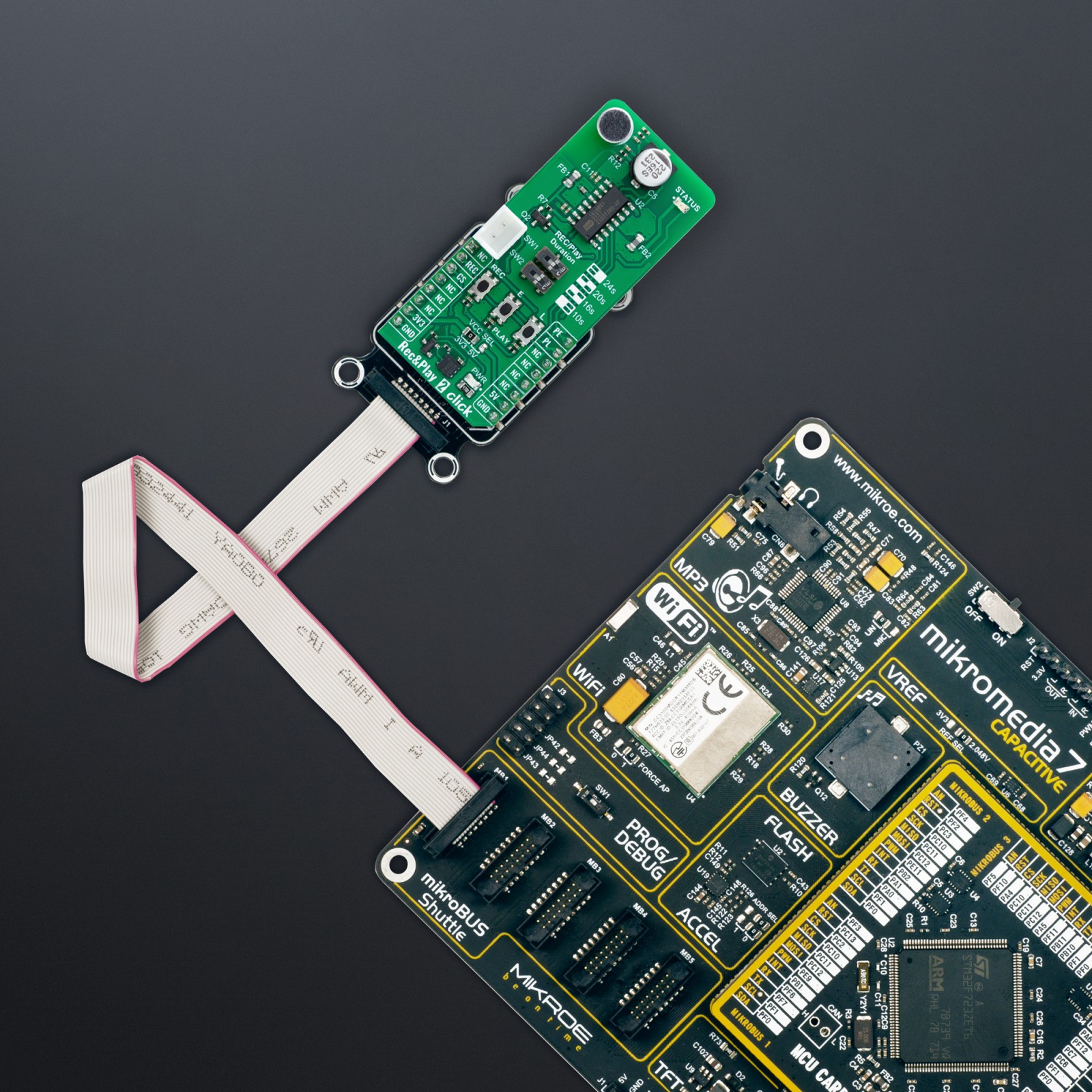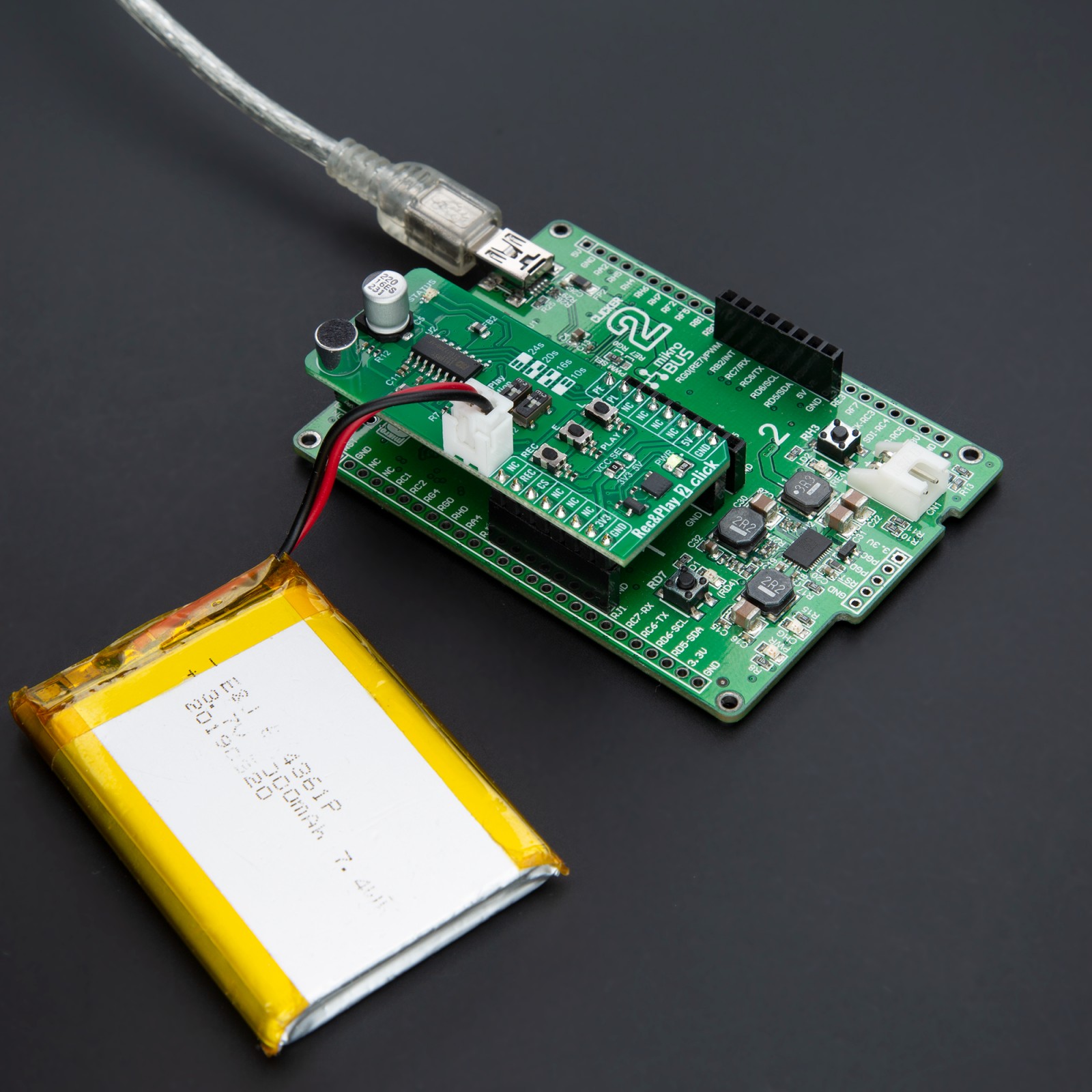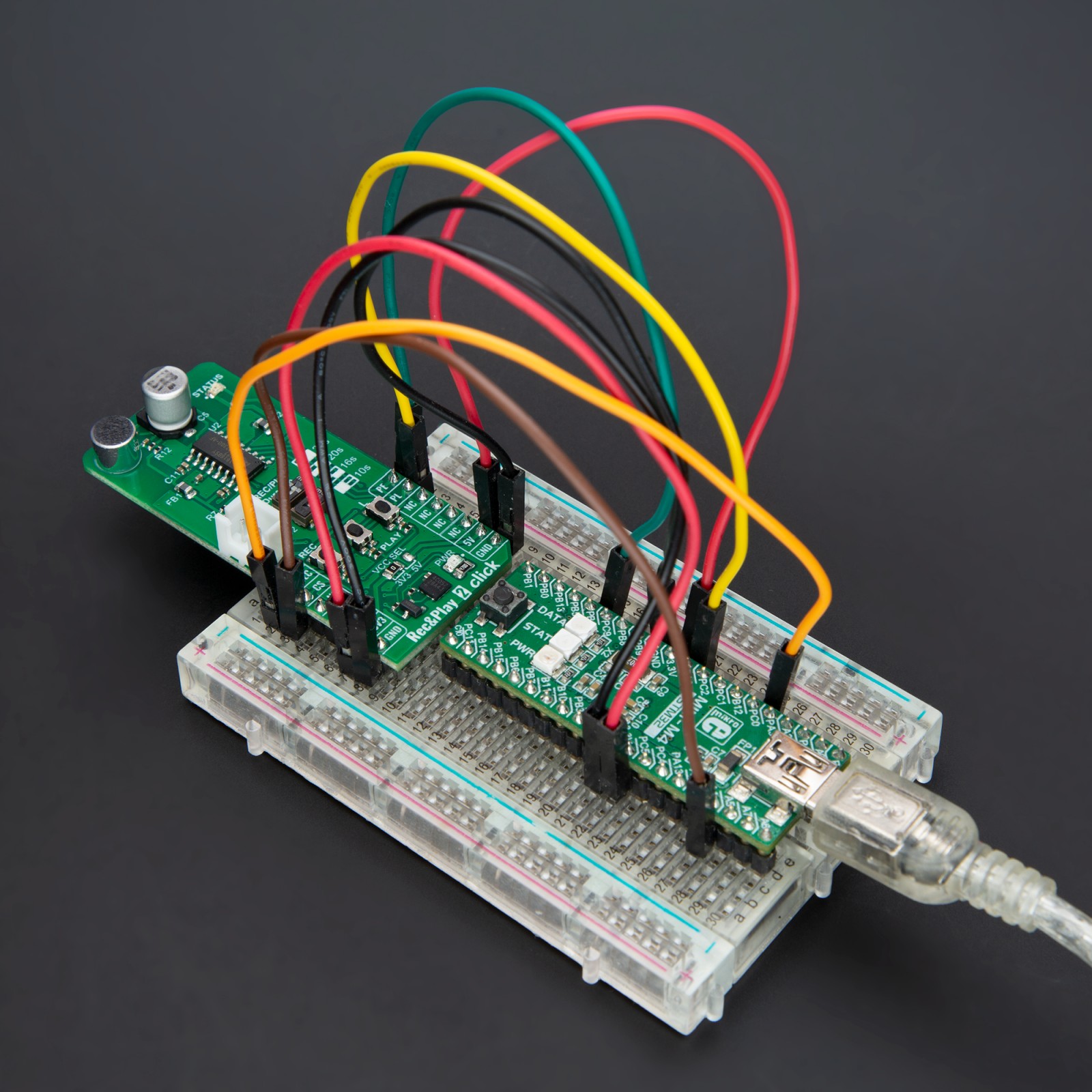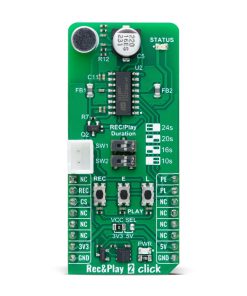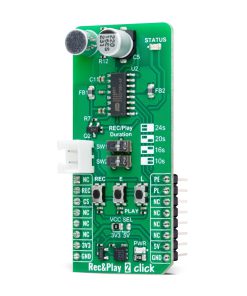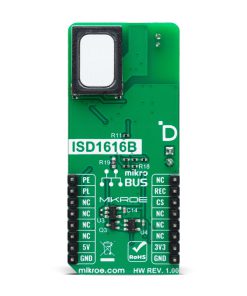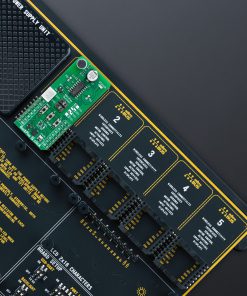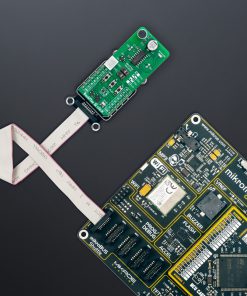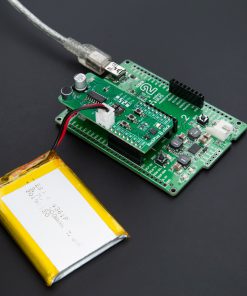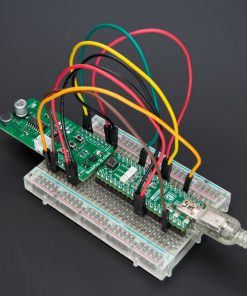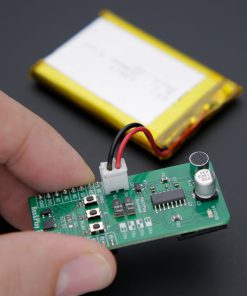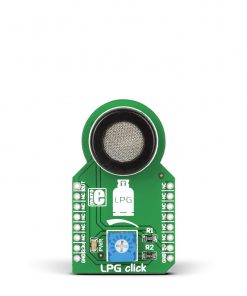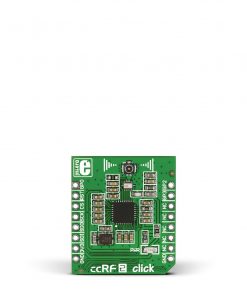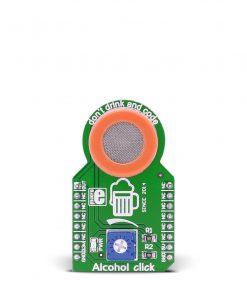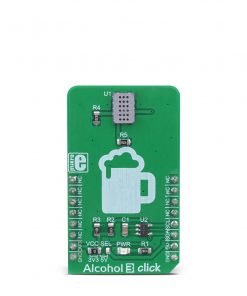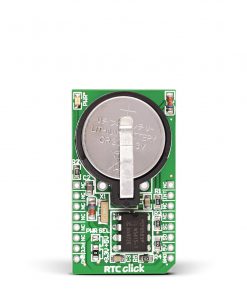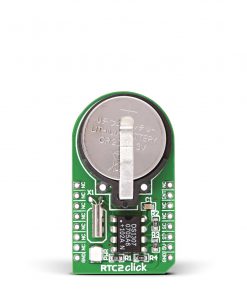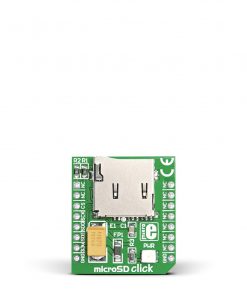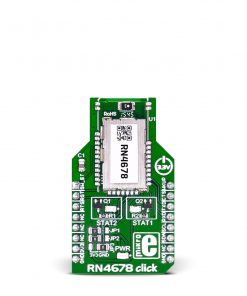Rec&Play 2 Click
R830.00 ex. VAT
Rec&Play 2 Click is a compact add-on board for voice recording and playback applications. It is based on the ISD1616B, a single-message voice record and playback IC from Nuvoton. The board features an on-chip oscillator, a microphone preamplifier with Automatic Gain Control (AGC), an omnidirectional microphone, and a speaker driver for high-quality audio recording and playback. Voice data is stored in onboard Flash memory without digital compression, ensuring clear and reliable sound. It supports both manual and digital control, as well as flexible message durations from 10 to 24 seconds. This Click board™ is ideal for applications such as alarms, voice prompts, and automated announcements where reliable audio performance is crucial.
Rec&Play 2 Click is fully compatible with the mikroBUS™ socket and can be used on any host system supporting the mikroBUS™ standard. It comes with the mikroSDK open-source libraries, offering unparalleled flexibility for evaluation and customization. What sets this Click board™ apart is the groundbreaking ClickID feature, enabling your host system to seamlessly and automatically detect and identify this add-on board.
Stock: Lead-time applicable.
| 5+ | R788.50 |
| 10+ | R747.00 |
| 15+ | R705.50 |
| 20+ | R678.94 |

